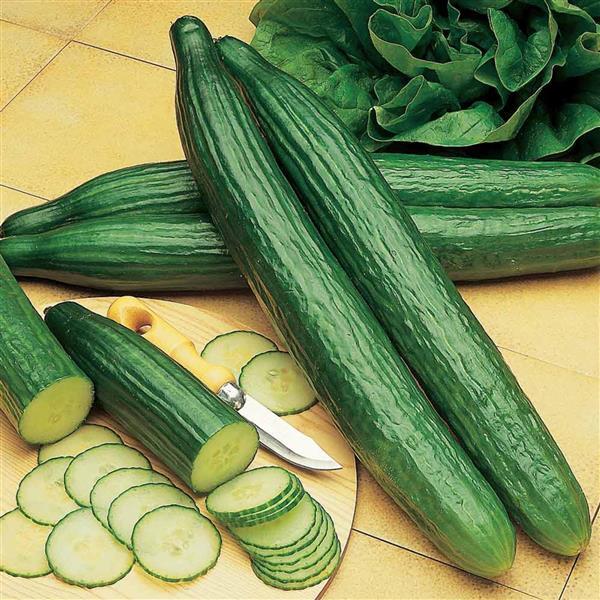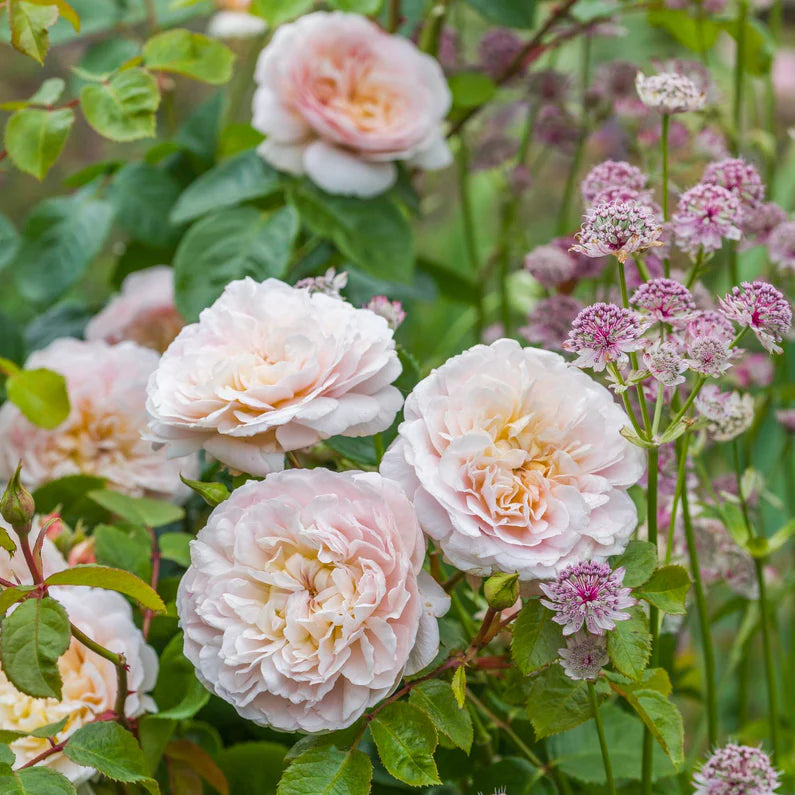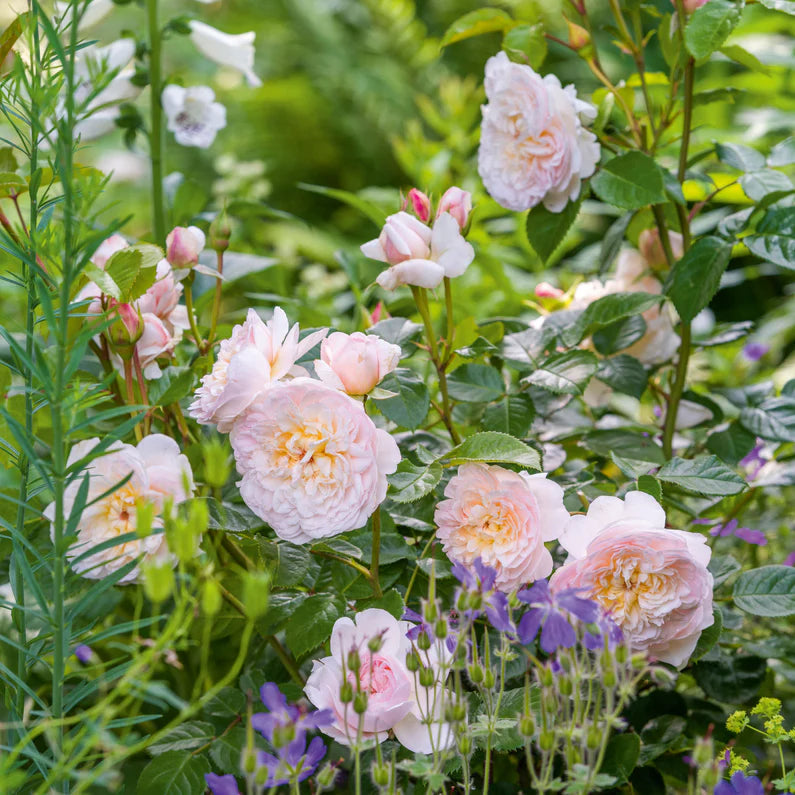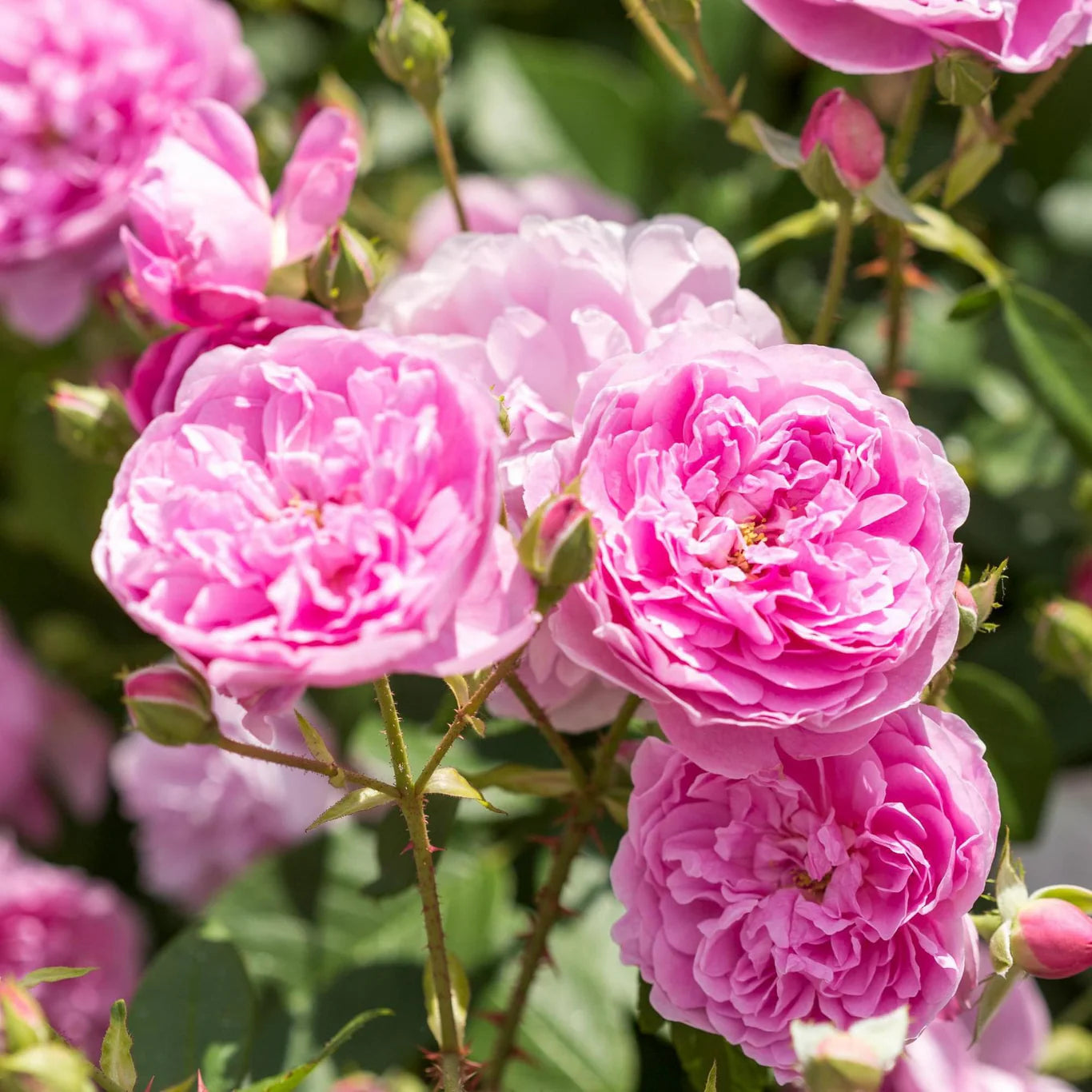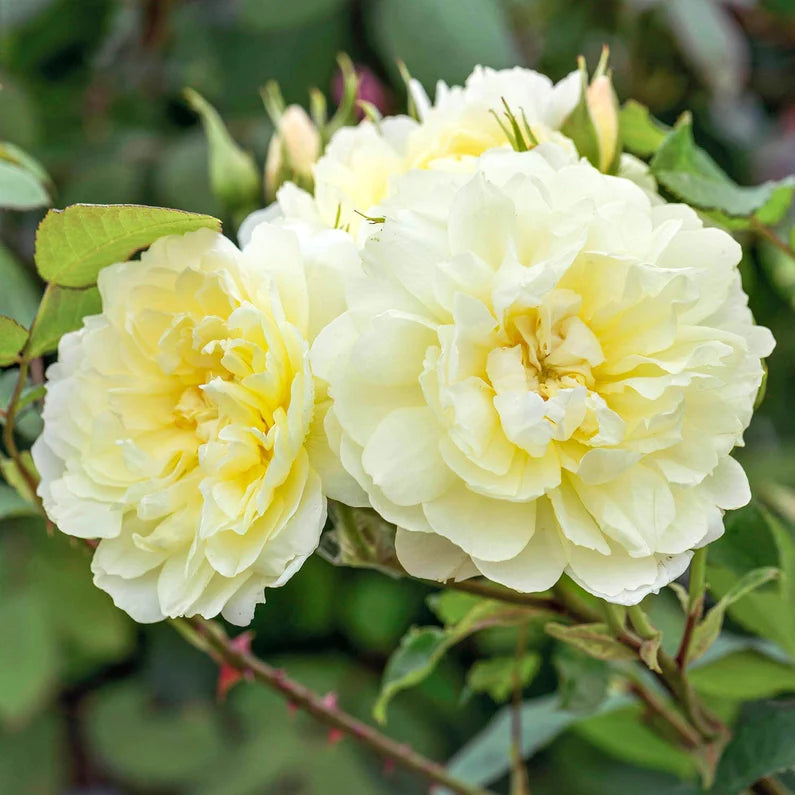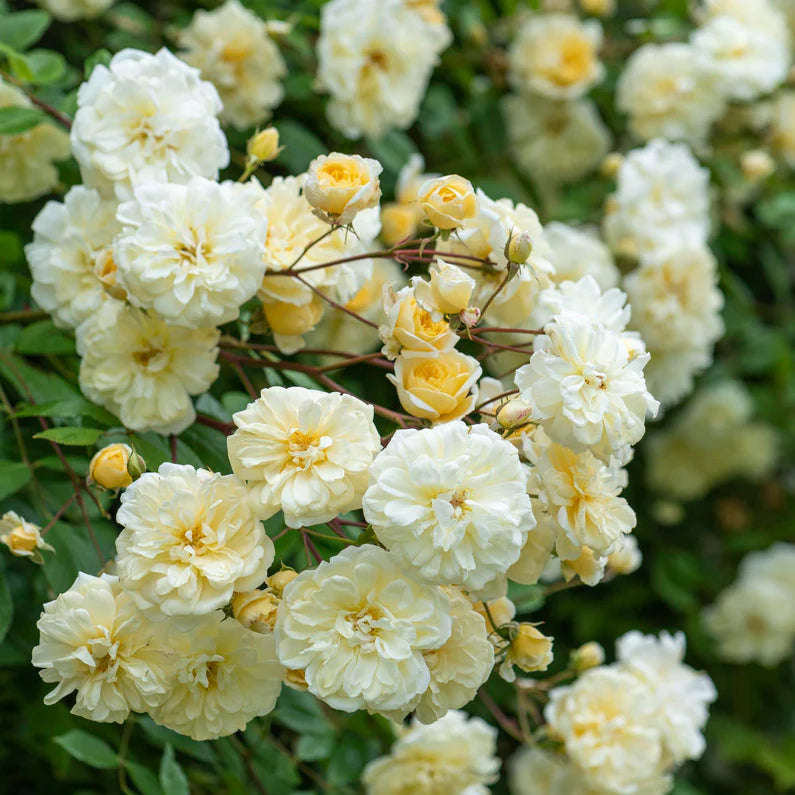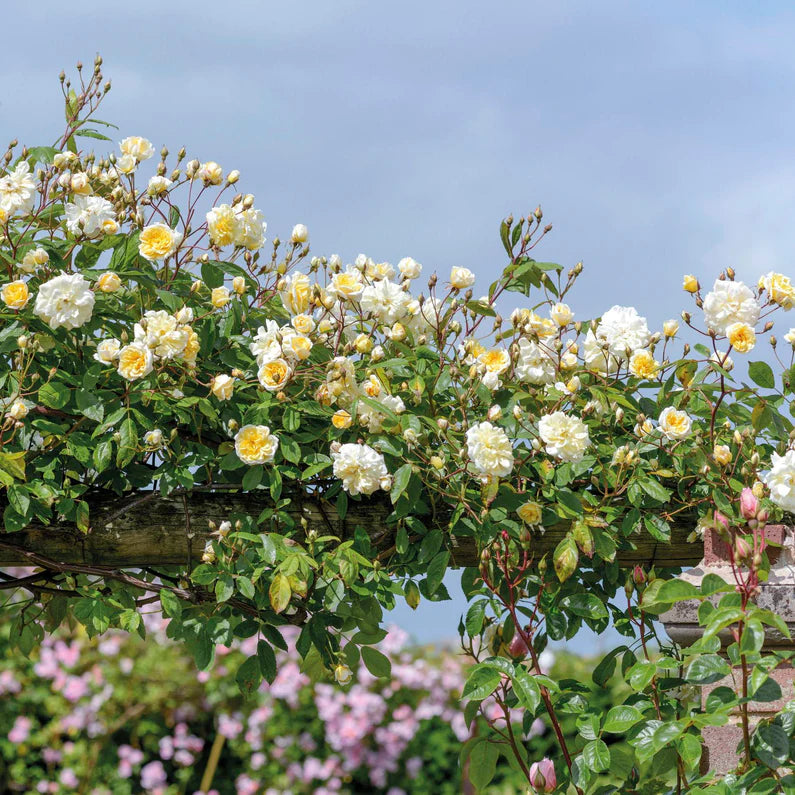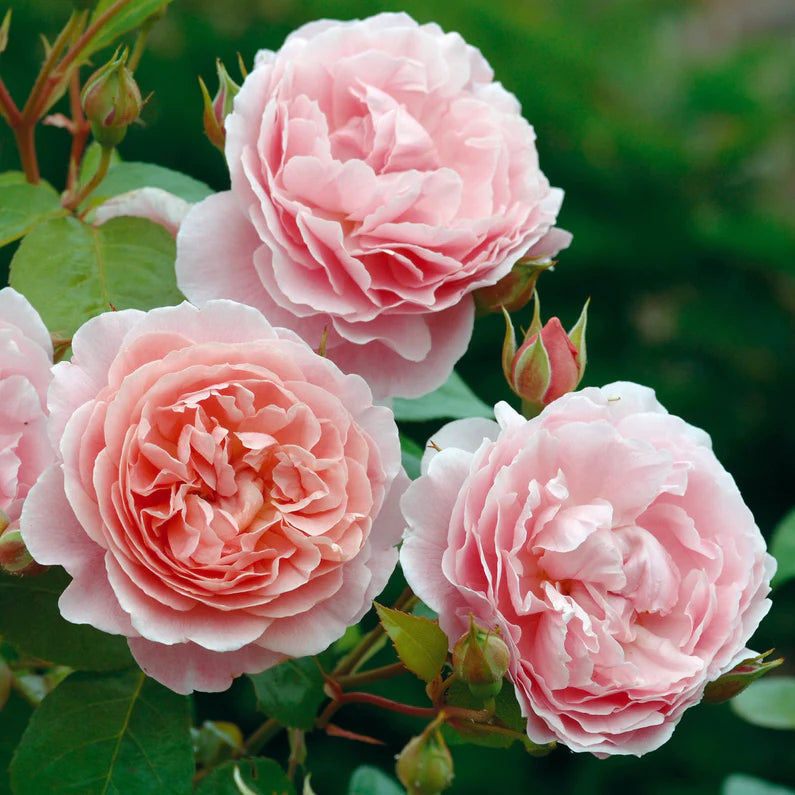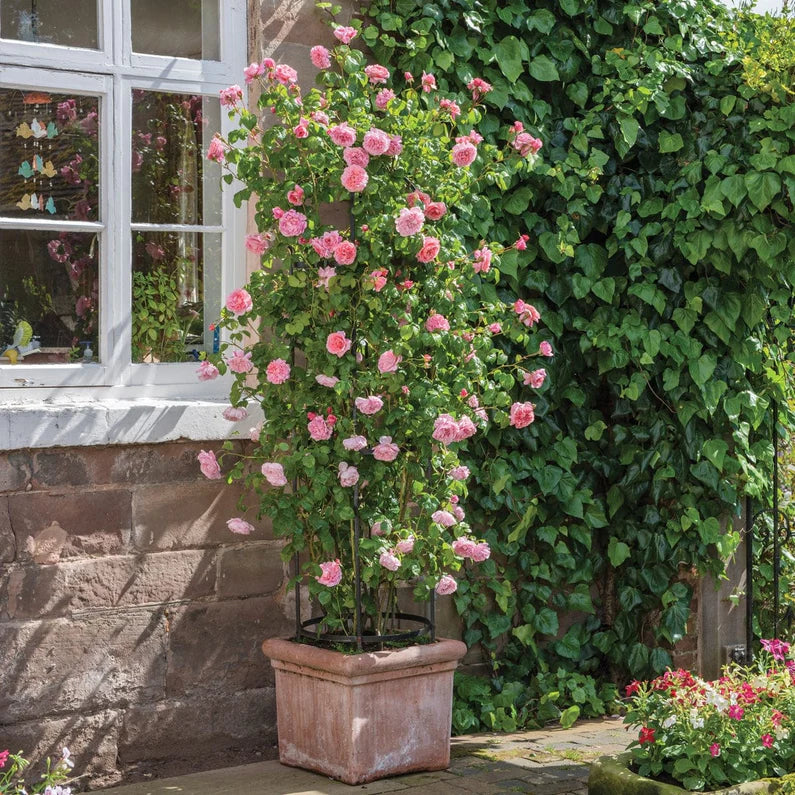88 of 1979 products
88 of 1979 products
Sort by:
Products
Achillea Yarrow blooms for weeks starting from early to late summer and is known for attracting butterflies.
A deer, drought and rabbit resistant perennial that features clusters of petit flowers with a long stem.
Deadheading will encourage new blooms and will prevent from spreading it's seeds, yarrow seeds can fall from previous blooms and will spread if not monitored.
|
Bloom Season |
Mid summer |
|
Bloom Colour |
Various |
|
Light |
full sun |
|
Attributes |
cutting, attracts bees |
|
Foliage |
green-silver |
|
Spacing |
18-24" apart |
|
Size |
24" |
|
Height |
32" |
|
Hardiness Zone |
2a |
Photos courtesy of Van Noort Bulb Co. & Florissa.
From $9.95
Unit price perThis Flowering groundcover has a clumping habit and is commonly used in borders and rock gardens.
Plants form a mound of deep greens to black leaves, bearing showy spikes of flowers in mid to late spring. Excellent for combining with spring-flowering bulbs.
Performs well in pots or mixed containers. Easily divided in spring or early fall.
Light Requirement: Full Shade, Partial Shade and Full Sun
Mature Size:
-
Height: 6"
-
Width: 20"
Zone: 3
Photos courtesy of Bellwyck Horticultural
Also known as Fall Asters, these are a favourite for their colour in autumn and are great as a perennial border. Plants form a bushy clump, bearing loads of small daisy flowers. This is a dwarf selection with double crimson-red blossoms. Excellent for cutting.
Grown in a moist, rich soil. Divide plants every two to four years to maintain vigor. Pinch plants before July to maintain a cushion effect.
Light Requirement: Full Sun to Part Sun
Mature Size:
- Height: 12 - 18"
- Width: 12 - 36"
Light Requirement: Full Sun to Partial Shade
Mature Size:
- Height: 24-36 "
- Width: 18-24"
Zone: 3
Photos courtesy of Van Noort Bulb Co. & Florissa.
This improved Beard-tongue forms low mounds of glossy green leaves, bearing medium-tall stalks of tubular coral flowers arranged around the strong stems. Vigorous and easy to grow. Remove faded flowers to encourage continued blooming. Attractive to butterflies and hummingbirds. Stems are nice for cutting. Clumps may be easily divided in early spring. Unlike many of the taller selections, this one is ruggedly hardy in colder regions. Drought tolerant once established.
Light Requirement: Full Sun
Mature Size:
- Height: 15 - 20"
- Width: 10 - 15"
Zone: 3
Images courtesy of vanstone Nurseries
This improved Beard-tongue forms low mounds of glossy burgundy leaves, bearing medium-tall stalks of tubular deep pink flowers arranged around the strong stems. Vigorous and easy to grow. Remove faded flowers to encourage continued blooming. Attractive to butterflies and hummingbirds. Stems are nice for cutting. Clumps may be easily divided in early spring. Unlike many of the taller selections, this one is ruggedly hardy in colder regions. Drought tolerant once established.
Light Requirement: Full Sun
Mature Size:
- Height: 24"
- Width: 18-24"
Zone: 3
Images courtesy of vanstone Nurseries & Terra Nova Nursereies
This improved Beard-tongue forms tall mounds of glossy burgundy leaves, bearing medium-tall stalks of tubular white/pale pink flowers arranged around the strong stems. Vigorous and easy to grow. Remove faded flowers to encourage continued blooming. Attractive to butterflies and hummingbirds. Stems are nice for cutting. Drought tolerant once established.
Light Requirement: Full Sun
Mature Size:
- Height: 36"
- Width: 24"
Zone: 3
Images courtesy of vanstone Nurseries
This improved Beard-tongue forms low mounds of glossy green leaves, bearing medium-tall stalks of tubular blue flowers arranged around the strong stems. Vigorous and easy to grow. Remove faded flowers to encourage continued blooming. Attractive to butterflies and hummingbirds. Stems are nice for cutting. Clumps may be easily divided in early spring. Unlike many of the taller selections, this one is ruggedly hardy in colder regions. Drought tolerant once established.
Light Requirement: Full Sun
Mature Size:
- Height: 15 - 20"
- Width: 10 - 15"
Zone: 3
Images courtesy of vanstone Nurseries
From $9.95
Unit price perThis improved Beard-tongue, part of the Pristine series, forms low mounds of glossy green leaves, bearing medium-tall stalks of tubular Deep Pink flowers arranged around the strong stems. Vigorous and easy to grow. Remove faded flowers to encourage continued blooming. Attractive to butterflies and hummingbirds. Stems are nice for cutting. Clumps may be easily divided in early spring. Unlike many of the taller selections, this one is ruggedly hardy in colder regions. Drought tolerant once established.
Light Requirement: Full Sun
Mature Size:
- Height: 15 - 20"
- Width: 10 - 15"
Zone: 3
Images courtesy of vanstone Nurseries
This improved Beard-tongue forms low mounds of glossy green leaves, bearing medium-tall stalks of tubular deep purple flowers arranged around the strong stems. Vigorous and easy to grow. Remove faded flowers to encourage continued blooming. Attractive to butterflies and hummingbirds. Stems are nice for cutting. Clumps may be easily divided in early spring. Unlike many of the taller selections, this one is ruggedly hardy in colder regions. Drought tolerant once established.
Light Requirement: Full Sun
Mature Size:
- Height: 15 - 20"
- Width: 10 - 15"
Zone: 3
Images courtesy of vanstone Nurseries
Globe Caragana is a hardy, multi-stemmed deciduous shrub with fine texture. It's a relatively low maintenance shrub and shouldn't require much pruning. Suitable for mass planting, hedging and general garden use.
Grows best in dry to average level of moisture and very well-drained soil, and will often die in standing water.
Light Requirement: Full Sun to Partial Shade
Mature Size:
- Height: 36"
- Width: 36"
Zone: 2
Photos courtesy of Jeffries Nursery
This bright daylily features a lavender-pink bloom and offers a soft and elegant glow to your garden space.
Fragrant flowers are sure to attract hummingbirds and butterflies.
Low maintenance and hardy.
Light Requirement: Full Sun to Partial Sun
Mature Size:
- Height: 24 - 36"
- Width: 12 - 24"
Zone: 3
Photos courtesy of Van Noort Bulb Co. & Florissa.
Chicago figs must be container grown and then moved indoors and overwintered in a greenhouse, garage, or basement. They are self fertile. Growing the hardy Chicago fig requires very little maintenance. Just be sure to water regularly throughout the growing season and then reduce watering in the fall prior to dormancy.
Full Sun to Part Shade
Images courtesy of: van Noort Bulb Co.
This English cucumber is longer (up to 18 in.) and thinner than traditional cucumbers, with very small, soft seeds. The fruit is mild-flavored and never bitter. It stays crisp and fresher longer than other varieties.
English: The most common type of slicing cucumber, you'll find these in the grocery stores because of their crisp taste and easy growing characteristics
Light Requirement: Full Sun
Mature Size:
- Height: 12 - 16"
- Width: 4 - 6"
Photos and Data Courtesy of Ball Seed
Abundant yellow orange flowers all season long; wandering upright foliage with trumpet-shaped flowers. Heat tolerant and attractive to hummingbirds. Blooms all season and needs minimal deadheading.
Light Requirement: Sun
Flower Season: Spring, Summer
Mature Size:
- Height: 18" - 28"
- Spread: 12" - 24"
Photos and Data Courtesy of Proven Winners - www.provenwinners.com
An exceptionally beautiful rose with distinctive neat, flat blooms. Each bloom is a lovely soft pink, the smaller central petals deepening to rich apricot and surrounding deep-set stamens. The strong Tea scent becomes more Old Rose, with delicious hints of lemon and grapefruit. It forms a bushy shrub with strong, healthy, upright growth. Named for the Brontë Society to celebrate the bicentenary of the novelist’s birth.
David Austin Roses were not developed for Zone 3. BUT it is possible to have success here in Manitoba by following a few key tips.
Choose a location that is not in line with strong north winds
Plant the crown (this is where the roots end and the woody shrub begins) of your rose 6”-12” below the surface of the soil. As your shrub will be in full leaf at time of purchase clean off leaves that will get buried.
In the fall you will need to cover with a deep layer of mulch. Wood mulch, straw, leaves or a combination of all. Use a burlap tarp (Not Plastic) to cover and hold down with rocks or stakes. This will ensure the mulch is not blown away. A full wheelbarrow or more per rose is not out of the question. Throughout the winter direct your snow clearing efforts to cover your roses as well. The more insulation the better.
Don’t remove the tarp and mulch until night temperatures are consistently hovering about zero to +3 with no threat of deep freeze, as we sometimes see in April.
We hope you enjoy growing your David Austin Rose.
The perfectly formed, shallow cups are pure light pink, paling to soft blush on the outer petals. There is a strong, warm myrrh fragrance. It forms an attractive, quite broad shrub, with slightly arching stems. The leaves are tinged red at first, later turning green. Hermione is the faithful wife of Leontes, the King of Sicila, in Shakespeare’s The Winter’s Tale.
One of the largest-flowered English Roses, bearing rich yellow blooms in the form of giant cups. They have a strong Tea fragrance, developing wonderfully combined notes of Sauternes wine and strawberry. It forms a rounded shrub, with ample foliage – the flowers held beautifully poised on long, arching branches.
Bears flowers of the most perfect formation – shallow cups of the purest mid pink. They flower very freely from early summer until well into the autumn and have a strong, pure Old Rose fragrance. It has an excellent bushy habit with upright, vigorous growth. Maturing into an attractively rounded shrub; it flowers almost to the ground.
Named after the Royal Horticultural Society’s garden in Yorkshire, to celebrate the 200th anniversary of the society’s formation.
Zone 4
|
Bloom Size |
Medium |
|
Bloom Colour |
Mid. Pink |
|
Fragrance |
Strong Old Tea |
|
Year of Introduction |
1983 |
|
Size |
4' x 3' |
|
Family Shrub |
Root Grafted Dr. Heuy |
|
Flowering |
Repeat Bloomer |
|
Petal Count |
120 |
David Austin Roses were not developed for Zone 3. BUT ,it is possible to have success here in Manitoba by following a few key tips.
Choose a location that is not in line with strong north winds
Plant the crown (this is where the roots end and the woody shrub begins) of your rose 6”-12” below the surface of the soil. As your shrub will be in full leaf at time of purchase you can clean off leaves that will get buried if you like.
In the fall you will need to cover with a deep layer of mulch. Wood mulch, straw, leaves or a combination of all. Use a burlap tarp (Not Plastic) to cover and hold down with rocks or stakes. This will ensure the mulch is not blown away. A full wheelbarrow or more per rose is not out of the question. Throughout the winter direct your snow clearing efforts to cover your roses as well. The more insulation the better.
Don’t remove the tarp and mulch until night temperatures are consistently hovering about zero to +3 with no threat of deep freeze, as we sometimes see in April.
We hope you enjoy growing your
David Austin Rose.
Bears pretty, lightly scented, pale yellow blooms, fading almost to cream. The many delicately frilled petals are arranged around a button eye. It forms a sturdy, quite upright shrub with glossy foliage. Named after the character in Shakespeare's Cymbeline. David Austin, 2016.
David Austin Roses were not developed for Zone 3. BUT it is possible to have success here in Manitoba by following a few key tips.
Choose a location that is not in line with strong north winds
Plant the crown (this is where the roots end and the woody shrub begins) of your rose 6”-12” below the surface of the soil. As your shrub will be in full leaf at time of purchase clean off leaves that will get buried.
In the fall you will need to cover with a deep layer of mulch. Wood mulch, straw, leaves or a combination of all. Use a burlap tarp (Not Plastic) to cover and hold down with rocks or stakes. This will ensure the mulch is not blown away. A full wheelbarrow or more per rose is not out of the question. Throughout the winter direct your snow clearing efforts to cover your roses as well. The more insulation the better.
Don’t remove the tarp and mulch until night temperatures are consistently hovering about zero to +3 with no threat of deep freeze, as we sometimes see in April.
We hope you enjoy growing your David Austin Rose.
With its vigorous, upright growth it makes a wonderful climber in a short time. The strikingly beautiful flowers are mid pink at the centre, gradually becoming lighter towards the edges. The numerous, neatly placed petals in each bloom create a slightly domed shape. Named after the Irish flautist.
David Austin Roses were not developed for Zone 3. BUT it is possible to have success here in Manitoba by following a few key tips.
Choose a location that is not in line with strong north winds
Plant the crown (this is where the roots end and the woody shrub begins) of your rose 6”-12” below the surface of the soil. As your shrub will be in full leaf at time of purchase you can clean off leaves that will get buried if you like.
In the fall you will need to cover with a deep layer of mulch. Wood mulch, straw, leaves or a combination of all. Use a burlap tarp (Not Plastic) to cover and hold down with rocks or stakes. This will ensure the mulch is not blown away. A full wheelbarrow or more per rose is not out of the question. Throughout the winter direct your snow clearing efforts to cover your roses as well. The more insulation the better.
Don’t remove the tarp and mulch until night temperatures are consistently hovering about zero to +3 with no threat of deep freeze, as we sometimes see in April.
We hope you enjoy growing your David Austin Rose.
Bears large, many petalled, deep pink rosettes, each with a button eye. There is a light-medium strength fruity fragrance. It forms a neat and tidy shrub with a bushy, upright habit. Named for the son of David Austin Senior and brother of David Austin Junior.
David Austin Roses were not developed for Zone 3. BUT it is possible to have success here in Manitoba by following a few key tips.
Choose a location that is not in line with strong north winds
Plant the crown (this is where the roots end and the woody shrub begins) of your rose 6”-12” below the surface of the soil. As your shrub will be in full leaf at time of purchase clean off leaves that will get buried.
In the fall you will need to cover with a deep layer of mulch. Wood mulch, straw, leaves or a combination of all. Use a burlap tarp (Not Plastic) to cover and hold down with rocks or stakes. This will ensure the mulch is not blown away. A full wheelbarrow or more per rose is not out of the question. Throughout the winter direct your snow clearing efforts to cover your roses as well. The more insulation the better.
Don’t remove the tarp and mulch until night temperatures are consistently hovering about zero to +3 with no threat of deep freeze, as we sometimes see in April.
We hope you enjoy growing your David Austin Rose.
David Austin Roses were not developed for Zone 3. BUT it is possible to have success here in Manitoba by following a few key tips.
You have three options, you can enjoy your David Austin Rose for a single season. You can plan to bring your potted David Austin Rose into a warmer winter environment, or you can plant it into the ground.
Choose a location that is not in line with strong north winds
Plant the crown (this is where the roots end and the woody shrub begins) of your rose 6”-12” below the surface of the soil. As your shrub will be in full leaf at time of purchase you can clean off leaves that will get buried if you like.
In the fall you will need to cover with a deep layer of mulch. Wood mulch, straw, leaves or a combination of all. Use a burlap tarp (Not Plastic) to cover and hold down with rocks or stakes. This will ensure the mulch is not blown away. A full wheelbarrow or more per rose is not out of the question. Throughout the winter direct your snow clearing efforts to cover your roses as well. The more insulation the better.
Don’t remove the tarp and mulch until night temperatures are consistently hovering about zero to +3 with no threat of deep freeze, as we sometimes see in April.
We hope you enjoy growing your David Austin Rose.
Bears medium-sized neat rosette blooms – tinged with orange at first, quickly becoming rich yellow. It has a light-medium musky Tea Rose scent. The growth is compact, even and upright. Named after Wolverhampton Wanderers’ football stadium.
The unusually large, bright pink flowers are full-petalled and deeply cupped. In spite of their size, they are never clumsy, being held nicely poised on a well-rounded shrub. There is a strong and delicious fresh Tea fragrance, which changes to lemon, eventually taking on hints of blackcurrants. Named for Princess Alexandra – a keen gardener.
David Austin Roses were not developed for Zone 3. BUT it is possible to have success here in Manitoba by following a few key tips.
_________________________________________________________________________
Choose a location that is not in line with strong north winds
Plant the crown (this is where the roots end and the woody shrub begins) of your rose 6”-12” below the surface of the soil. As your shrub will be in full leaf at time of purchase you can clean off leaves that will get buried if you like.
In the fall you will need to cover with a deep layer of mulch. Wood mulch, straw, leaves or a combination of all. Use a burlap tarp (Not Plastic) to cover and hold down with rocks or stakes. This will ensure the mulch is not blown away. A full wheelbarrow or more per rose is not out of the question. Throughout the winter direct your snow clearing efforts to cover your roses as well. The more insulation the better.
Don’t remove the tarp and mulch until night temperatures are consistently hovering about zero to +3 with no threat of deep freeze, as we sometimes see in April.
We hope you enjoy growing your David Austin Rose.
The flowers start as small buds, opening to full petalled, wide open rosettes of a bright crimson-red. As the flowers age, the blooms becomes dome-shaped while the colour – unusually for the English Roses – gradually intensifies. It forms a very bushy, neatly rounded shrub with slightly arching growth. Named after the well-known writer, journalist and broadcaster.
David Austin Roses were not developed for Zone 3. BUT it is possible to have success here in Manitoba by following a few key tips.
Choose a location that is not in line with strong north winds
Plant the crown (this is where the roots end and the woody shrub begins) of your rose 6”-12” below the surface of the soil. As your shrub will be in full leaf at time of purchase clean off leaves that will get buried.
In the fall you will need to cover with a deep layer of mulch. Wood mulch, straw, leaves or a combination of all. Use a burlap tarp (Not Plastic) to cover and hold down with rocks or stakes. This will ensure the mulch is not blown away. A full wheelbarrow or more per rose is not out of the question. Throughout the winter direct your snow clearing efforts to cover your roses as well. The more insulation the better.
Don’t remove the tarp and mulch until night temperatures are consistently hovering about zero to +3 with no threat of deep freeze, as we sometimes see in April.
We hope you enjoy growing your David Austin Rose.
Beautiful at all stages, bearing small clusters of mid pink, medium-large, cupped rosettes. They have a strong, delicious myrrh and heather honey fragrance. The arching branches are clothed in glossy, dark foliage. Named after the gothic revival house in Twickenham, London, built by Horace Walpole.
















